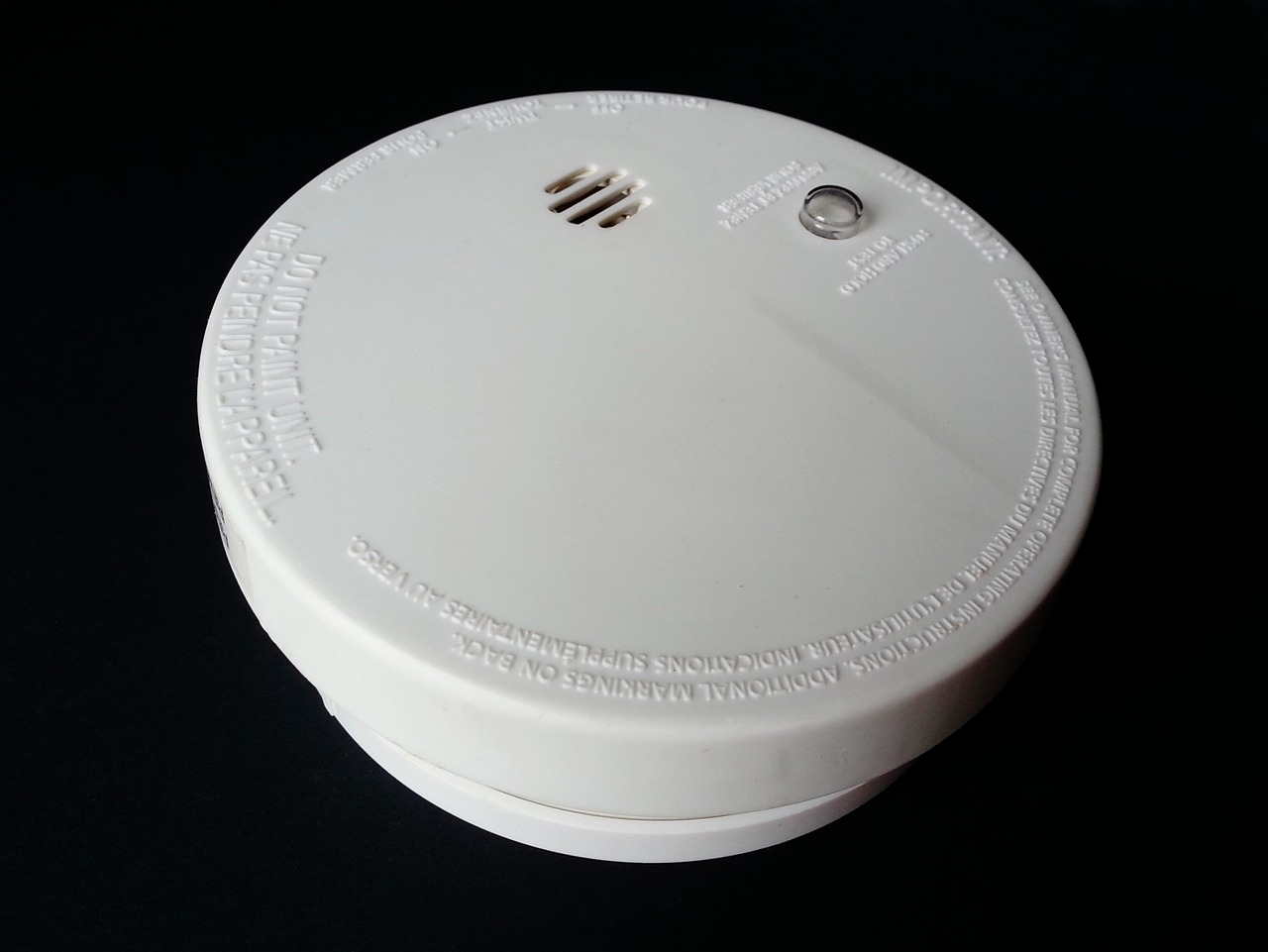Declutter for Safety: Fire Hazards Lurking in Your Home
Decluttering your home is not just about creating a more organized and aesthetically pleasing space; it is also about enhancing safety, particularly in preventing fire hazards. Clutter can accumulate quickly and easily, turning your home into a tinderbox waiting to ignite. Here’s how decluttering can help you avoid fire hazards and create a safer living environment:
- Reduced Fuel Sources:
Clutter provides fuel for fires to spread and intensify. Stacks of paper, magazines, clothes, and other combustible materials can act as kindling, aiding the rapid growth of a fire. Decluttering helps eliminate these fuel sources, making it harder for fires to start and spread.
- Clear Escape Routes:
In the event of a fire, every second counts. Cluttered hallways, stairways, and exits can obstruct escape routes, making it difficult to evacuate quickly. Regular decluttering ensures that all pathways are clear, allowing for safe and swift evacuation.
- Improved Fire Safety Inspection:
Fire hazards often lurk in hidden corners and under piles of clutter. Regular decluttering allows you to thoroughly inspect your home for potential fire hazards such as frayed wires, damaged appliances, or faulty smoke detectors, enabling prompt repairs or replacements.
- Easier Access to Fire Extinguishers and Alarms:
When clutter accumulates, it can block access to fire extinguishers, smoke alarms, and other fire safety equipment. Decluttering creates clear pathways to these essential devices, ensuring they are readily available in case of an emergency.
- Reduced Risk of Electrical Fires:
Clutter can put pressure on electrical cords and outlets, increasing the risk of overheating and electrical fires. Decluttering helps eliminate this hazard by removing excessive cords and ensuring proper ventilation around electrical appliances.
Here are some tips for decluttering your home safely:
- Start Small:
Decluttering an entire house can feel overwhelming. Break it down into smaller tasks, focusing on one room or area at a time. Start with the most cluttered spaces or those with the highest fire hazard potential.
- Sort and Organize:
As you declutter, sort items into three categories: keep, donate, and discard. Keep only essential items, donate gently used items to charity, and discard anything broken or beyond repair.
- Use Storage Solutions:
If you have seasonal items or items you don’t use regularly, consider using storage containers or designated storage areas. This will help keep clutter at bay and prevent it from accumulating again.
- Regular Maintenance:
Decluttering is an ongoing process. Make it a habit to regularly review your belongings and get rid of anything you no longer need. This will help keep your home clutter-free and safe.
Decluttering for safety is not just about removing clutter; it’s about creating a home environment that promotes fire prevention and provides peace of mind. By regularly decluttering your home, you can significantly reduce fire hazards and ensure a safer living space for yourself and your family.
Cluttered Storage Areas:
1. Closets:
- Overstuffed closets create a favorable environment for fire, due to the accumulation of clothing, boxes, and other flammable items.
- Store clothing neatly on hangers, utilizing shelves and drawers for organized storage.
- Periodically inspect and discard any old or unused items.
2. Attics and Basements:
- Neglected attics and basements often become dumping grounds for forgotten possessions.
- Ensure clear pathways, free of debris, old furniture, and combustible materials.
- Utilize storage containers for organized storage and easy access.
Overloaded Electrical Outlets and Cords:
3. Extension Cords:
- Overloading extension cords is a common cause of electrical fires.
- Avoid connecting multiple devices to a single extension cord.
- Unplug cords when not in use to prevent overheating.
4. Power Strips:
- Power strips serve as convenient solutions for multiple devices, yet overloading leads to overheating.
- Distribute devices across multiple outlets or power strips to avoid overloading.
- Opt for power strips with built-in surge protectors for added safety.
Flammable Materials:
5. Kitchen Grease Build-up:
- Grease accumulation on stoves, countertops, and exhaust fans poses a significant fire hazard.
- Regularly clean these surfaces with degreasers and wipe away spills promptly.
- Utilize grease traps to collect excess grease effectively.
6. Candles and Incense:
- Leaving candles unattended or burning incense near flammable materials is a recipe for disaster.
- Extinguish candles before leaving a room and ensure incense holders are sturdy and non-combustible.
- Never leave burning candles or incense unattended.
Conclusion:
Decluttering for safety goes beyond aesthetics, promoting a proactive approach to fire prevention. By creating a clutter-free living environment, removing potential ignition sources, and observing proper storage practices, we minimize the risks associated with fire hazards and safeguard the lives of those we cherish. Remember, a clean and organized home isn’t just a pleasant sight but a crucial step towards ensuring the safety of your loved ones.
Keyword Phrase Tags:
- Fire Hazards in the Home
- Decluttering for Fire Safety
- Hazardous Storage Areas
- Electrical Hazards
- Flammable Materials Safety

